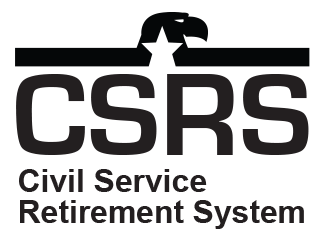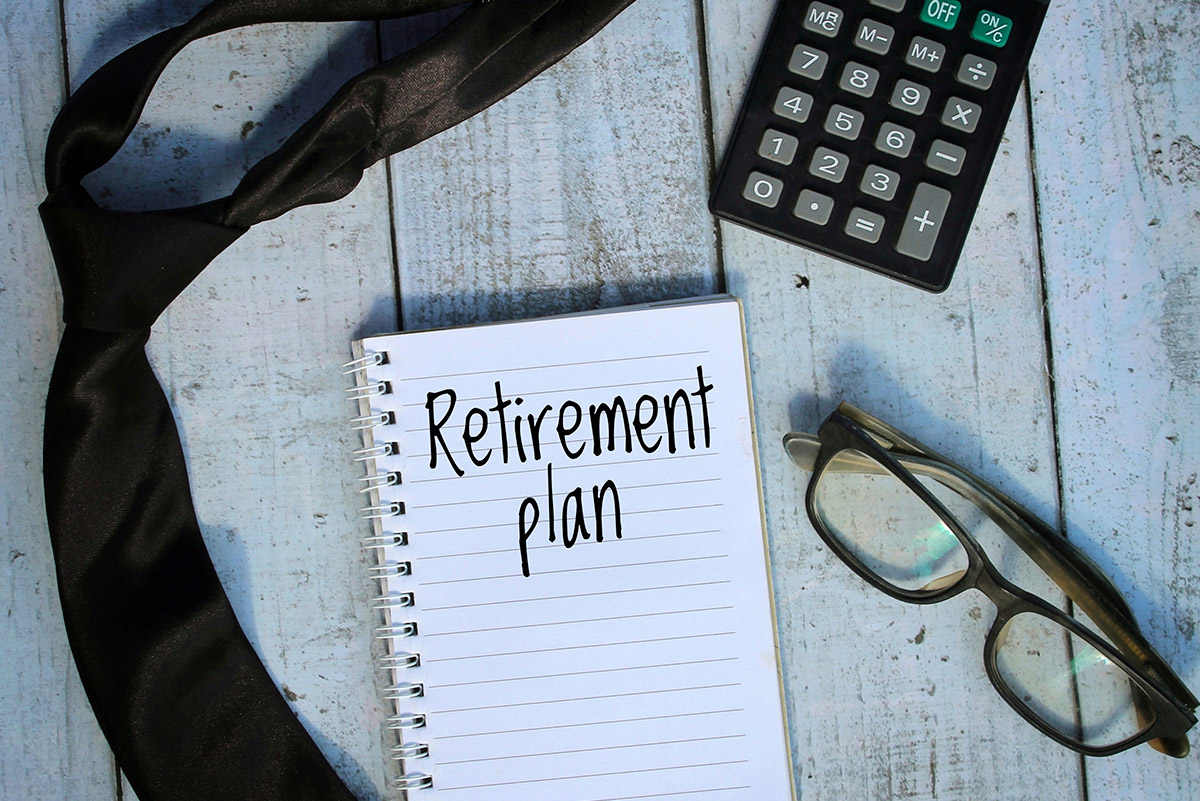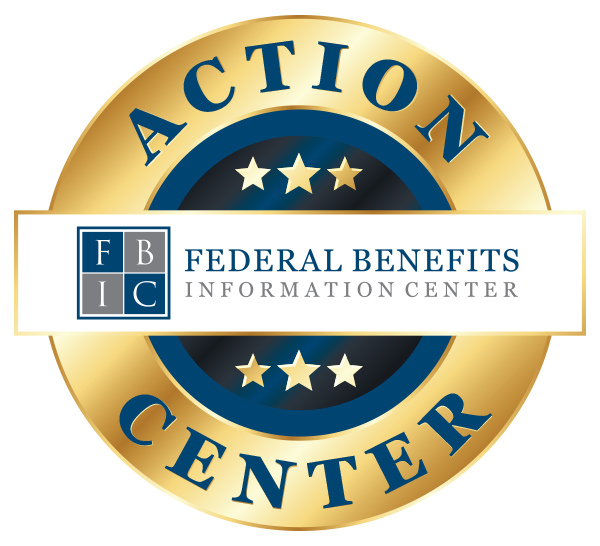CSRS actually pre-dates the Social Security program, as it was effective on August 1, 1920. If you are a Federal Employee who was hired before January 1, 1984, then you are likely “grandfathered” into CSRS.
According to OPM.gov, CSRS is designed as a “defined-benefit, contributory” retirement system.

Retirement Benefits Under CSRS
Under CSRS, Federal Employees will be entitled to a basic annuity. Generally, the accumulation of this annuity benefit will be quite larger than that of the basic annuity within the FERS system.
As a CSRS participating employee, you will have part of your base pay go towards this retirement system. You may contribute 7%-8% of your pay, and your agency of employment then matches those contributions.
You also have the option to increase earned retirement benefits by contributing 10% of your basic pay toward a voluntary contribution account. Alternatively, you may choose to contribute a portion of your pay toward the Thrift Savings Plan Voluntary Contribution Plan, or choose a combination of these two.
Under CSRS, your TSP contributions will be tax-deferred, but the government doesn’t match those contributions.
Under CSRS, you generally won’t pay any Social Security OASDI tax, but you must pay Medicare tax.
When May I Retire Within CSRS?
Just like with FERS, CSRS has its own requirements for determining your eligibility. What makes the CSRS system unique, however, is there are five categories of benefits that may be receivable:
- Optional
- Special/early optional
- Special provision retirement
- Discontinued service
- Disability
Each category of benefits comes with its own special rules. Overall, though, your requirements for eligibility will include:
- Your age
- Your total years of creditable service
- The type of retirement you will choose
- If you have attained the Minimum Retirement Age for your agency
- If applicable, whether you satisfied other unique age-based rules
Used and unused sick leave, as well as differences in civilian versus military service, may affect how years of creditable service are calculated.
Check with your Federal Benefits counselor for more information relating to your situation.
How Much Will My CSRS Retirement Benefits Be?
Since CSRS is a “grandfathered” system, your personal numbers may depend on your employment history. Your Federal Benefits counselor can walk you through the steps of calculating benefits projections.
That being said, here are some general principles to follow. The basic annuity is based on your length of service and your “High-3” average salary, or the highest average basic pay earned during three consecutive years of service.
Overall, the CSRS annuity formula for calculations is:
- First 5 years of service → 1.5% of high-3 average salary for each year
- Second 5 years of service → First 5-year benchmark + 1.75% of high-3 average salary for each year
- For all years of service over 10 → First two benchmarks above + 2% of high-3 average salary for each year.
The maximum benefit that is receivable is 80% of the high-3 average salary, plus credit for sick leave. Note, though, your annuity may be reduced under certain conditions or circumstances, too.






